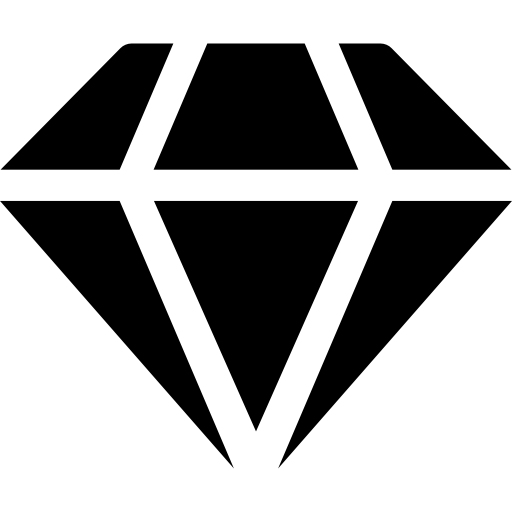How To Tell A Real Diamond By Eye
In today’s world, distinguishing real diamonds from imitations is a valuable skill. Whether you’re a jewel enthusiast, potential buyer, or someone curious about precious stones, identifying a genuine diamond by sight can save you time and money. This blog post dives deep into the art of visually assessing diamonds, offering tips and tricks to empower you with the knowledge needed to make informed decisions.
Essential Highlights:
- Learn quick and practical methods to differentiate real diamonds from fakes.
- Understand the importance of key visual characteristics including color, clarity, and cut.
- Explore commonly used tests and tools within the gem industry for diamond evaluation.
- Gain insights into the limitations of visual inspection and when to seek professional help.
Table of Contents
- Understanding Diamond Basics
- Methods to Identify a Real Diamond
- Tools and Tests for Diamond Verification
- Limitations and Professional Assistance
- FAQs
Understanding Diamond Basics
Before diving into visual identification, it’s crucial to understand what makes a diamond unique. Diamonds are judged primarily on four C’s: Color, Clarity, Cut, and Carat Weight. These intrinsic properties largely dictate their value.
- Color: Most prized diamonds have little to no color.
- Clarity: Refer to the absence of internal inclusions or external blemishes.
- Cut: A well-proportioned cut enhances a diamond’s brilliance.
- Carat Weight: Larger diamonds typically hold more value.
Knowing these details will prepare you for the visual inspection process.
Methods to Identify a Real Diamond
Certain visual characteristics can help identify a genuine diamond.
- Brilliance Test: Real diamonds are known for their unique sparkle.
- Observe the reflections; real diamonds reflect light in gray shades whereas fakes often reflect rainbow colors.
- Transparency Test: Genuine diamonds notoriously refract light, making them less transparent.
- Place the stone over printed text; a real diamond will blur the text.
- Fog Test: Diamonds conduct heat efficiently.
- Breathe on the stone; a real diamond will clear up almost immediately.
Visit Diamond.co.za for more detailed explanations on these methods.
Tools and Tests for Diamond Verification
While visual checks are useful, utilizing certain tools and tests provides more accuracy.
- Loupe examination: A 10x loupe can reveal inclusions.
- Check for natural imperfections; flawless synthetic stones might indicate a fake.
- UV Light Test: Genuine diamonds may glow under black light.
- About 30% of diamonds fluorescence blue; absence does not confirm inauthenticity but presence can be a hint.
- Thermal Conductivity Test: Use a thermal conductivity probe for testing.
External resource: Learn about thermal testers in diamond evaluation at GIA.
Limitations and Professional Assistance
Although visual inspection is useful, it is not always conclusive. Synthetic diamonds like moissanite can appear deceptively real to the untrained eye.
- Professional appraisals offer detailed insight.
- Certified gemologists and laboratories provide authentic verification.
For professional diamond service options, visit Diamond.co.za’s Services.
FAQs
- What is the most reliable way to test a diamond at home?
- The fog test is user-friendly and offers quick results.
- Can moissanite be distinguished by sight alone?
- Not easily; a professional evaluation often is needed as moissanite closely resembles diamonds visually.
- Do real diamonds shine in rainbow colors?
- No, real diamonds reflect in gray and clear hues; rainbow colors often suggest an imitation.
- What equipment do professionals use?
- Professionals use loupes, microscopes, and thermal conductivity testers among others.
- Is UV light reliable for testing diamonds?
- It is one of the methods for secondary verification but not definitive on its own.
- Are all transparent stones real diamonds?
- No, stones like quartz and cubic zirconia can also appear transparent.
- Who should I consult for diamond verifications?
- Consult certified gemologists or reputable jewelers who can provide authoritative assessments.
By understanding these visual cues and exploring reliable tests, you can improve your ability to identify genuine diamonds and make informed purchasing decisions. For more detailed insights and assistance, visit Diamond.co.za.

Leave a Reply